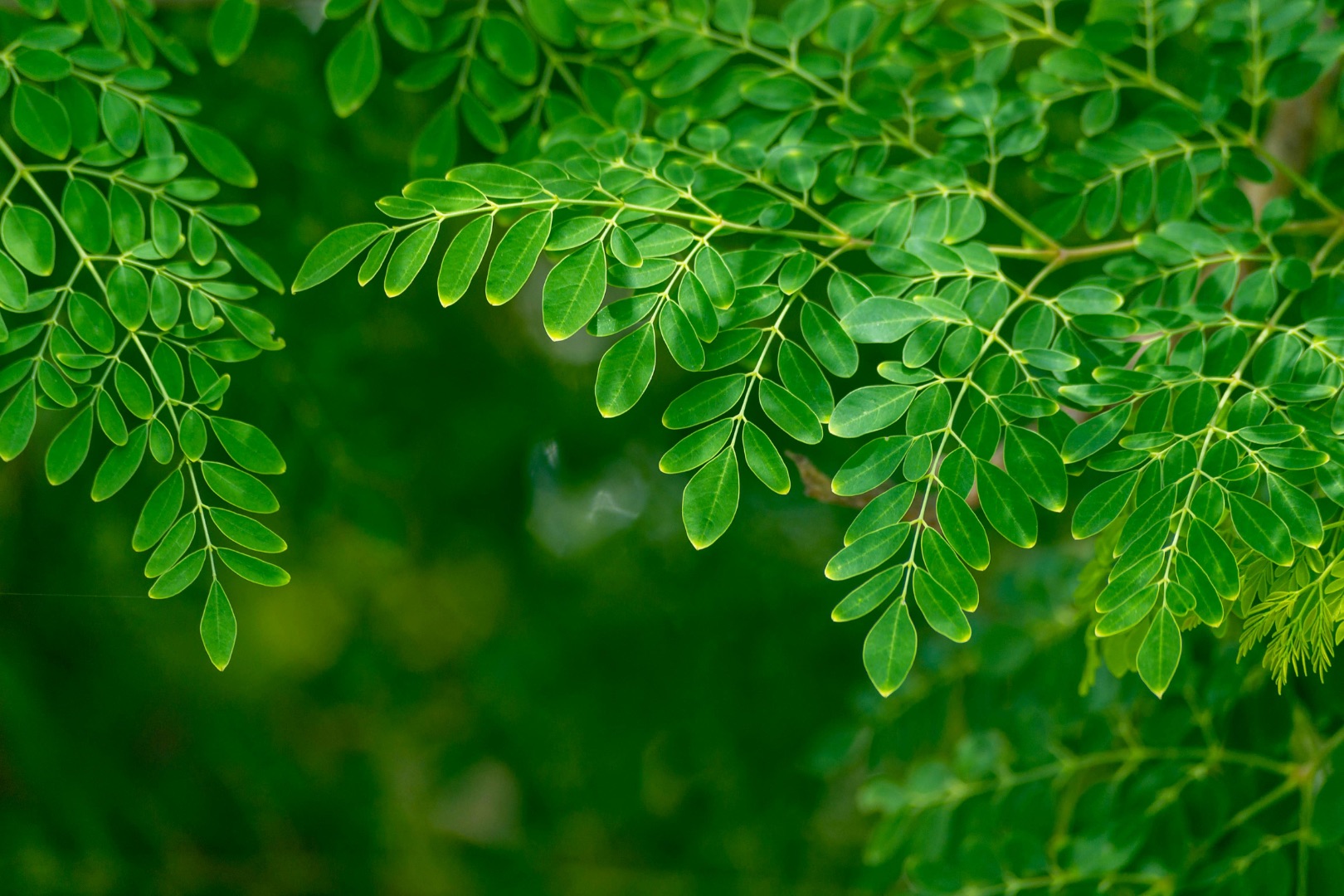Moringa oil isn’t a new discovery — but it’s having a moment. 🌿 Pressed from the seeds of the Moringa oleifera tree, this golden, nutrient-rich oil has been valued for centuries in parts of Africa and Asia. Now, small farms in North Texas are experimenting with producing it in limited batches, adding a unique local twist to a centuries-old tradition.
While many people encounter moringa in powdered-leaf form, the oil tells a different story — one rooted in careful seed harvesting, traditional processing, and an unusually long shelf life for a plant-based oil.
📖 Learn more: Where Moringa Grows — and How Texas Fits into the Global Landscape
🧪 Get the facts: Moringa Health Claims: What the Science Actually Says
What Is Moringa Oil?
The Moringa oleifera tree — sometimes called the drumstick tree or miracle tree — produces long seed pods filled with kernels rich in oil. These seeds can yield up to 40% oil by weight, making them a valuable crop in both traditional and modern settings.
Historically, moringa oil — often referred to as ben oil — has been used in:
- Cooking in parts of India and Africa for its mild, nutty flavor
- Traditional medicine as a carrier for herbal infusions
- Skin and hair care for its light texture and stability
One of its standout qualities is its resistance to rancidity, thanks to high oleic acid content and natural antioxidants.
Moringa oil’s rise in the beauty and culinary markets reflects wider shifts in global production — learn more in The Changing Story of Moringa Production.
How Moringa Oil Is Made
The process of producing moringa oil is deceptively simple—but each step impacts quality.
- Harvesting — Mature seed pods are collected once dry, ensuring maximum oil content.
- Drying — Seeds are dried to prevent spoilage and mold.
- Shelling — The hard outer hull is removed to reveal the kernel.
- Pressing — Kernels are cold-pressed to preserve nutrients, producing a golden oil.
- Filtering — The oil is strained to remove solids, sometimes multiple times for clarity.
Small-scale Texas growers like Deb Terrell adapt these steps for local conditions, balancing traditional techniques with climate-specific challenges.
What the Science Says 🧪
Research into moringa oil is still developing, but peer-reviewed studies have identified:
- Healthy fats — Primarily oleic acid, linked to heart health in olive oil research
- Antioxidants — Including tocopherols (vitamin E compounds)
- Anti-inflammatory potential — Noted in preliminary lab studies, though human trials are limited
It’s worth noting that many health claims go beyond the current evidence. For a deeper dive into what’s supported — and what’s still unknown — read Moringa Health Claims: What the Science Actually Says.
Why See It in Person? 📅
You can buy moringa oil online or in health stores, but visiting a farm offers a different kind of insight:
- See the moringa tree growing in Texas soil
- Touch and smell the seeds before they’re pressed
- Hear from producers how climate, soil, and processing affect quality
At Nature’s Circle in North Texas, moringa grows alongside pollinator-friendly crops like luffa and butterfly pea. Visitors learn not only about moringa oil, but also how diversified small farms experiment with crops that bridge global traditions and local innovation.
📅 Book a hands-on moringa experience in North Texas to see oil production up close.
From Soil to Oil 📌
Moringa oil is more than just a supplement or cosmetic ingredient — it’s the final step in a process that links farming, science, and culture. In Texas, that process is still niche, but it’s growing year by year.
Visit a local moringa grower, try the oil, and discover how a centuries-old plant is taking root in new soil.






